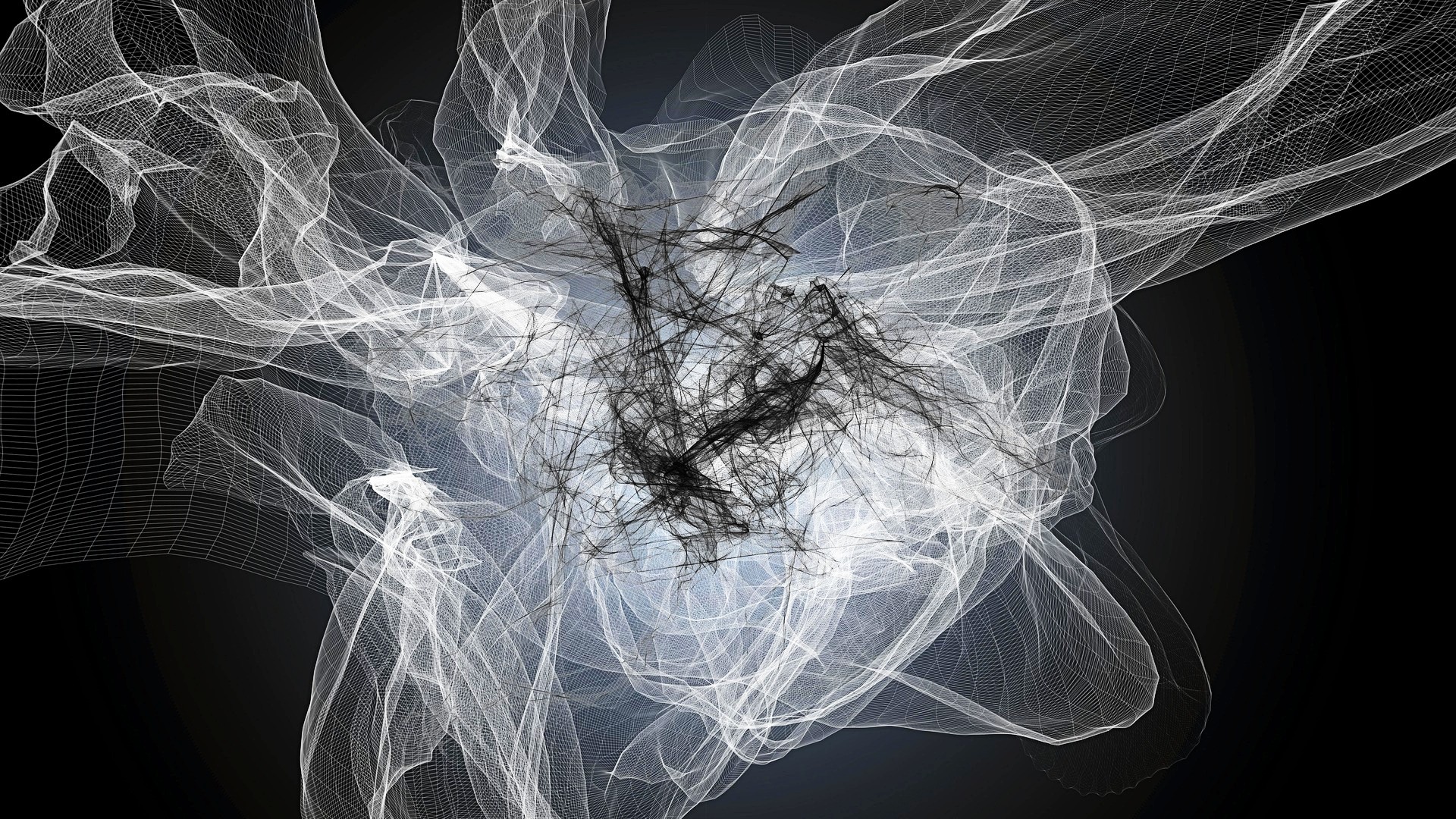What Is Evil, and How Do We Defeat It?

We’re hearing a whole lot about evil these days.
You may have heard about something called Syndrome E — it’s not a plot point of a 1960s science fiction movie, although it sounds like one. It’s when the more advanced part of the brain, the part in charge of decision-making and risk-taking (the prefrontal cortex) goes so far into overdrive that it overrides the signals from the more primitive parts of the brain, like the fear center (the amygdala).
The “E” in this case stands for evil. But what is evil? Who is evil? And what can we do about it?
One mode of investigating evil, presented by Dr. Michael Stone.
Understanding Evil
We’ve long tried to better understand the psychology of evil, what makes a normal, well-adjusted human being kill or torture another living being (see: the Milgram experiment). If we can see how it can happen, maybe we can predict it before it happens, and thereby stop it.
It’s said there are seven symptoms of evil, one of which is habitual violence. Ann Graybiel at MIT has had fascinating results after researching habitual behavior in rats. Her studies show that when the prefrontal cortex is in overdrive and no longer receiving signals from the amygdala, there is a higher tendency to misread a risk/reward ratio and take risks not worth taking. She says that the cognitive brain has “moment-to-moment evaluative control” regarding our habitual behavior. If it is only moment-to-moment, then perhaps it can’t see the long-term effects of the behavior.
It certainly makes sense that a suicide bomber, someone with Syndrome E, would definitely have an issue with risk/reward analysis. Graybiel says that one day there might be drugs that have the same effect on human brains as her methods did with rats. A drug to stop Syndrome E sounds like a futuristic and strange solution, but it raises the question of whom we consider evil and why.
“The remedy for evil is not in a drug, or in a science lab.”
Deciding Evil, and Deciding How to Respond
Everyone has the potential to act violently, if given the proper context and circumstance. Which acts of violence are considered “right” or “wrong” is entirely up to the culture. These considerations are not always cogent: Our country says torture is wrong, but allows Guantanamo Bay to exist.
But what about the organized killing of innocent people? The former requires a mind that removes itself from its activities and convinces itself that it is only following orders. The latter requires a gang mentality, a sense of us-and-them, a sense of separateness. When we lose our sense of interconnectedness, our sense that we are all in this together as a human race, we get events like Charleston, South Carolina. We get groups like ISIS.
What is the source of ISIS’ appeal? How has it grown and nourished itself? Retired General Stanley McChrystal explains that it’s half-chance, half-design.
ISIS works because it gives disenfranchised young people a goal, something to strive for, some glory. And when they feel understood, like someone can identify with their struggle, their angst, they immediately latch onto that ideal. Even when that ideal says kill.
Evil isn’t inherent to any person in particular; evil isn’t prescribed to a religion; evil isn’t regulated to one region of the world. Evil, as we know it, is present anytime someone forgets that a human is a human, that we are all made of the same star stuff, and that we all want the same things. Evil is present when someone dehumanizes another, and responds violently.
The remedy for that is not in a drug, or in a science lab. It comes from promoting a global culture of understanding, acceptance, forgiveness, and, ultimately, compassion. So when tragedies like the ones in Paris, Beirut, and Borno, Nigeria, occur we are given a choice to how we want to respond. I’ve weighed my own risk/reward analysis, and I’m choosing to cultivate kindness. It always seemed to me the best antidote to hate.
PHOTO CREDIT: Boris Horvat/AFP





